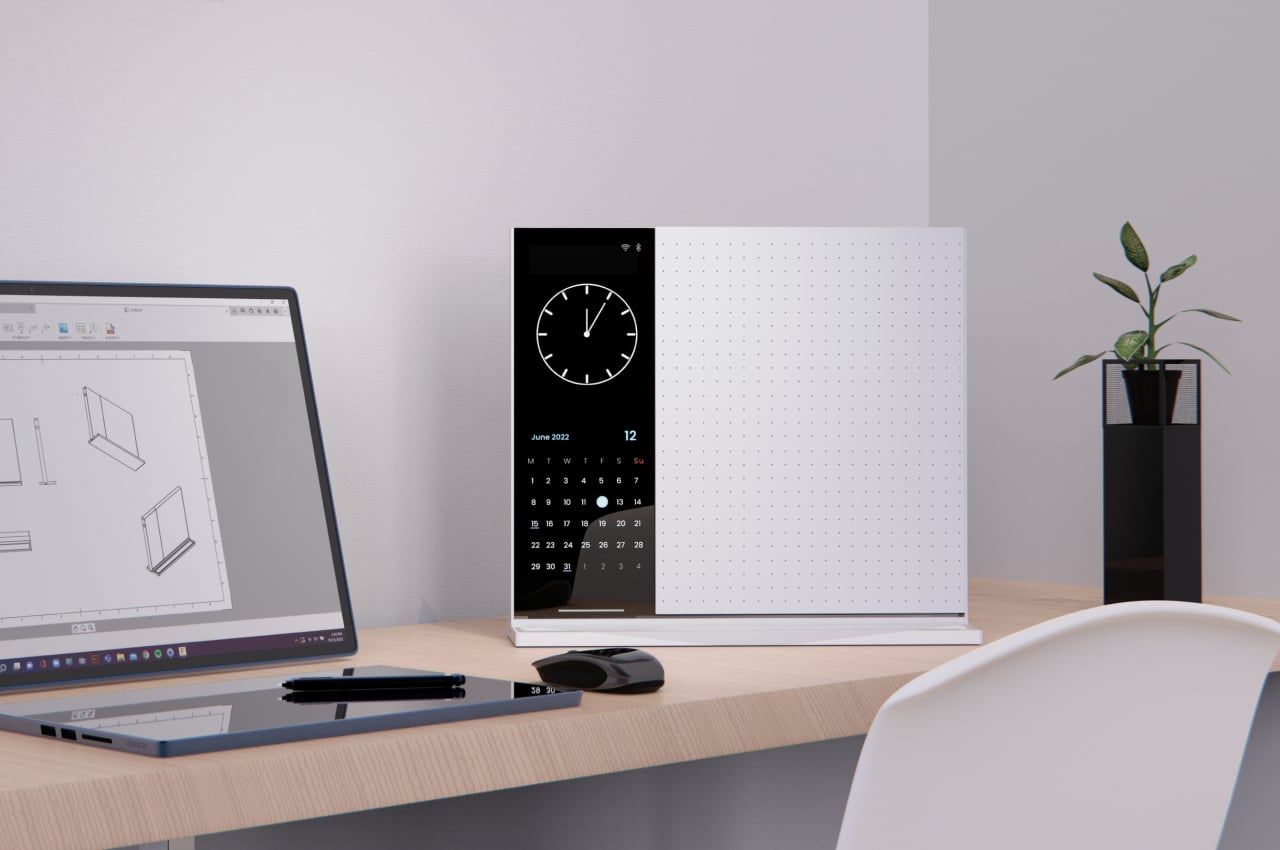
There is no shortage of productivity tools, systems, and apps to the point that they can be both overwhelming and even costly. That’s why many advocate going back to the basics of handwritten notes on paper or even sticky notes, but those carry the risk of being lost or forgotten. Smartphones can easily become their digital equivalent, at least until you run out of battery. These two systems don’t need to be mutually exclusive, especially when you’re at your desk and have a rather large space available to get your things together. This device concept does exactly that, combining the world of analog and digital together to produce something that lets you be fast and efficient while throwing in a bit of fun for good measure.
Designer: Harshit Sahu
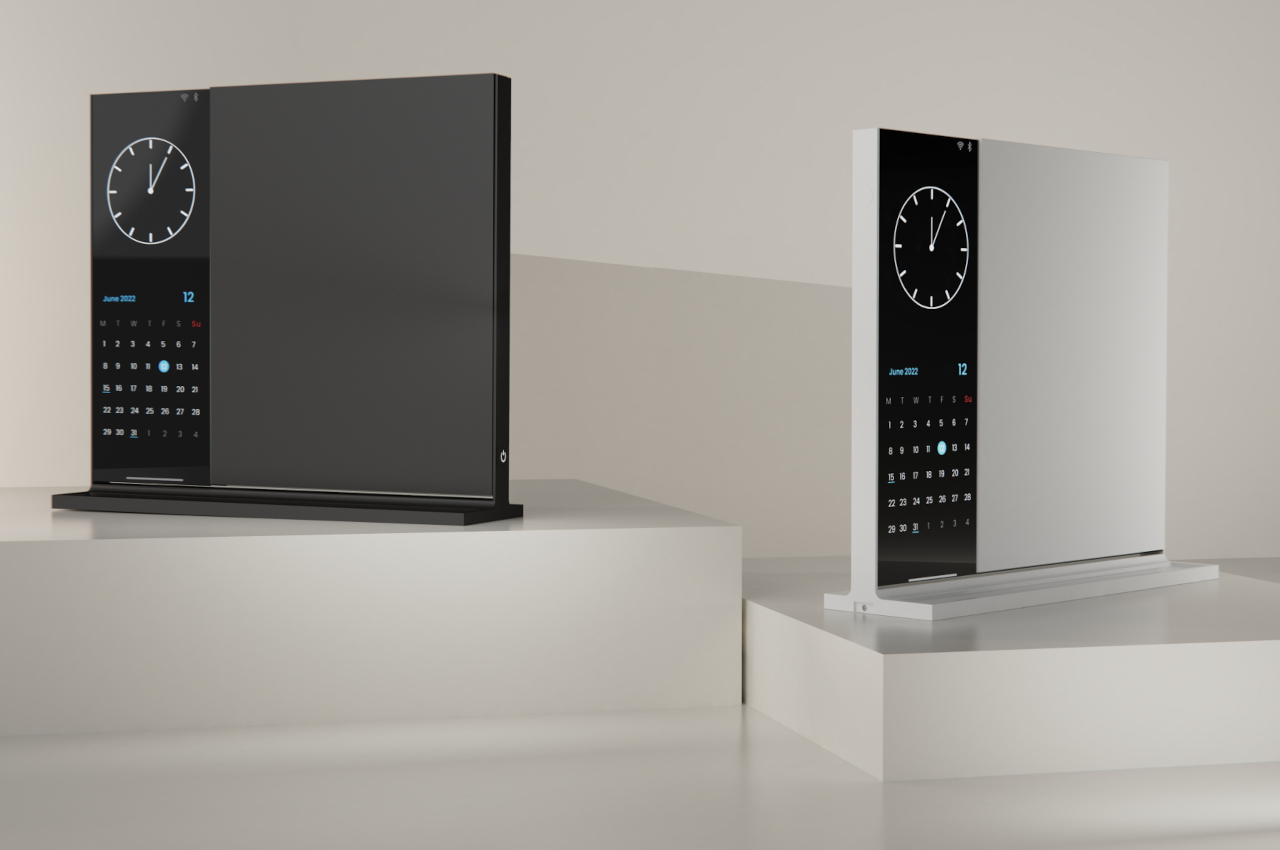
Paper can be simple, and apps can be quick, but not everyone needs all the commitment that these two different note-taking methods sometimes require. There are those that just need to jot down quick notes or even draw a diagram that can be discarded before the day is over. Note, which is the most generic name ever, is pretty much a small desk whiteboard that lets you do that with efficiency, but it has a few tricks up its sleeve that a bit of spice and fun to your work.
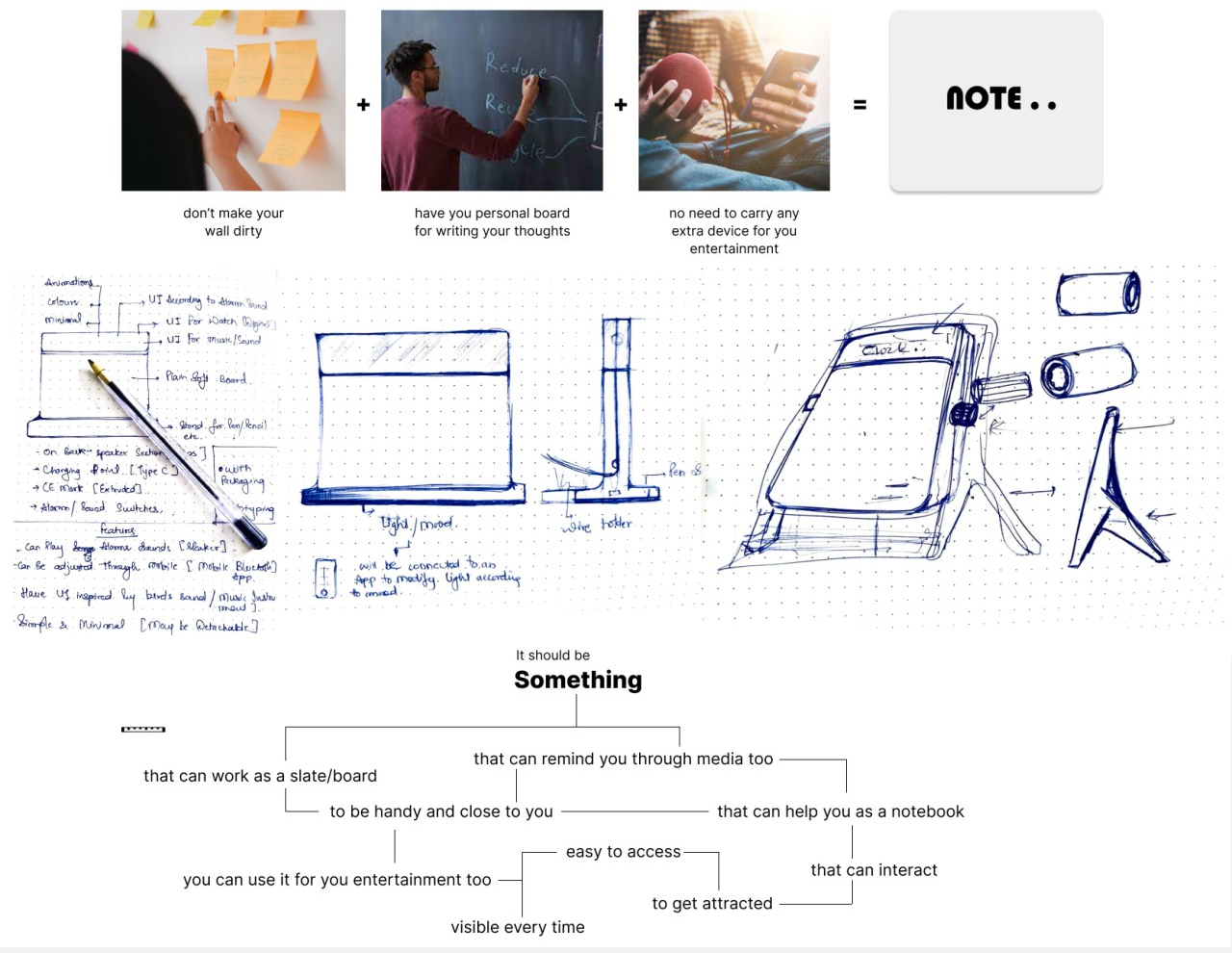
For one, the “whiteboard” twists or rather flips over, giving you twice the space to write your notes down. One side can have a dotted grid surface to help with diagrams, while the other can be plain, or they can have the same design on both sides. As with any vertical slate, you can also place sticky notes on it, in case scribbling notes down on paper is quicker for you. The notes you write on the board are, of course, temporary, and a simple cloth can erase the contents to make room for the next notes.
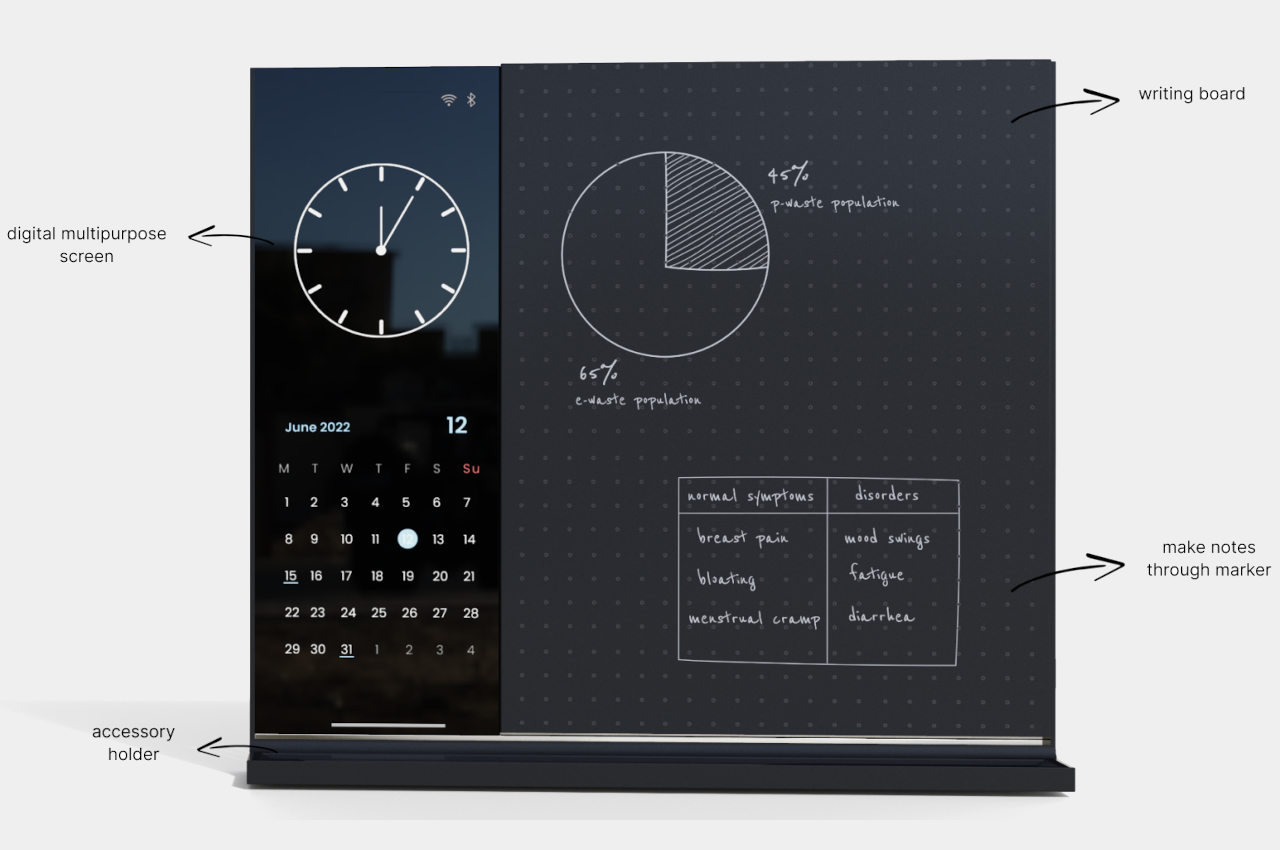
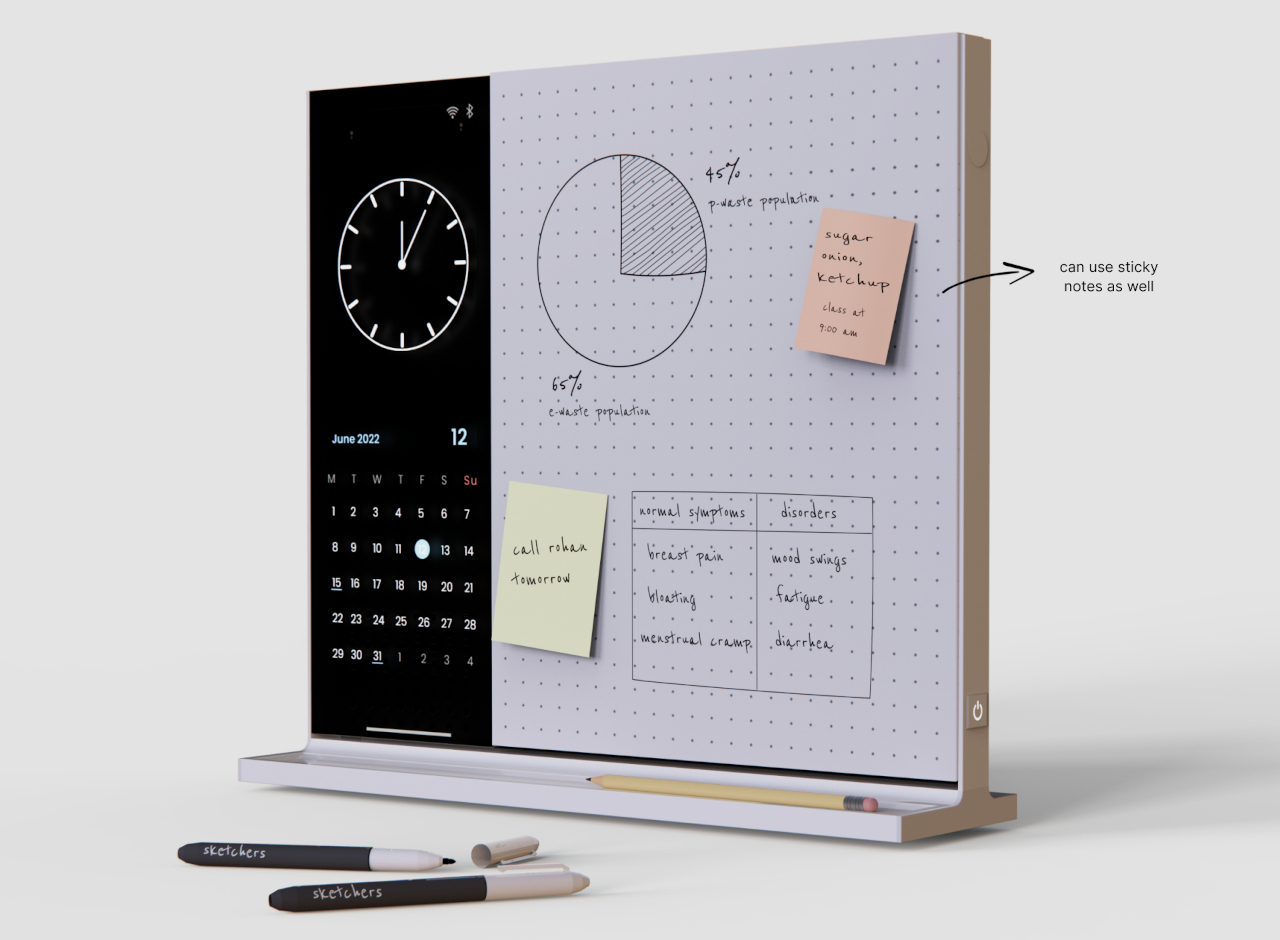
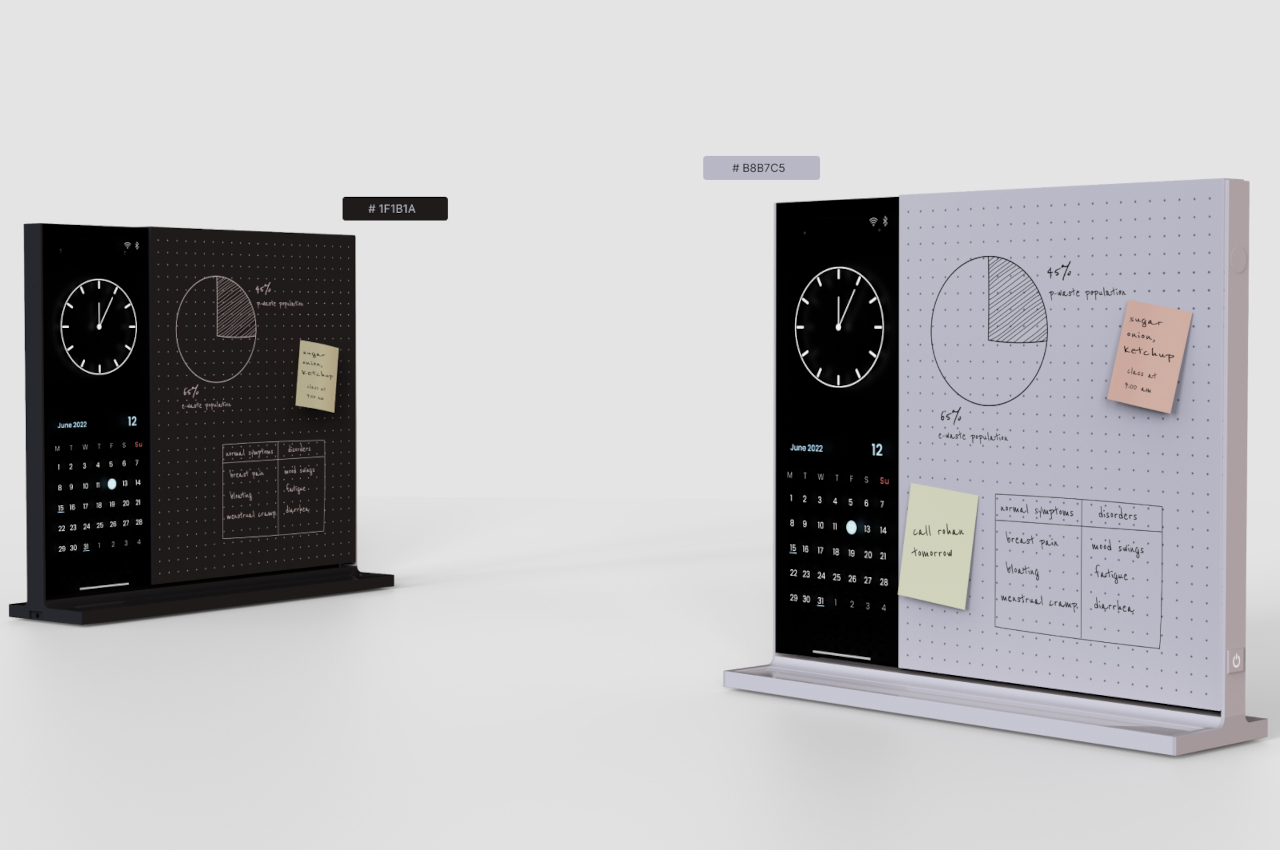
What makes Note unique is the addition of a multi-purpose vertical screen to its left side. This allows you to also have a view of the time, the calendar, and your appointments which are synced from your phone. This could be a more efficient way to stay on top of your schedule compared to writing it down by hand and looking at your notebook every now and then. The screen also provides other functions, like a timer, a world clock, or a music player. But now, it doesn’t let you watch videos, which would be counterproductive.
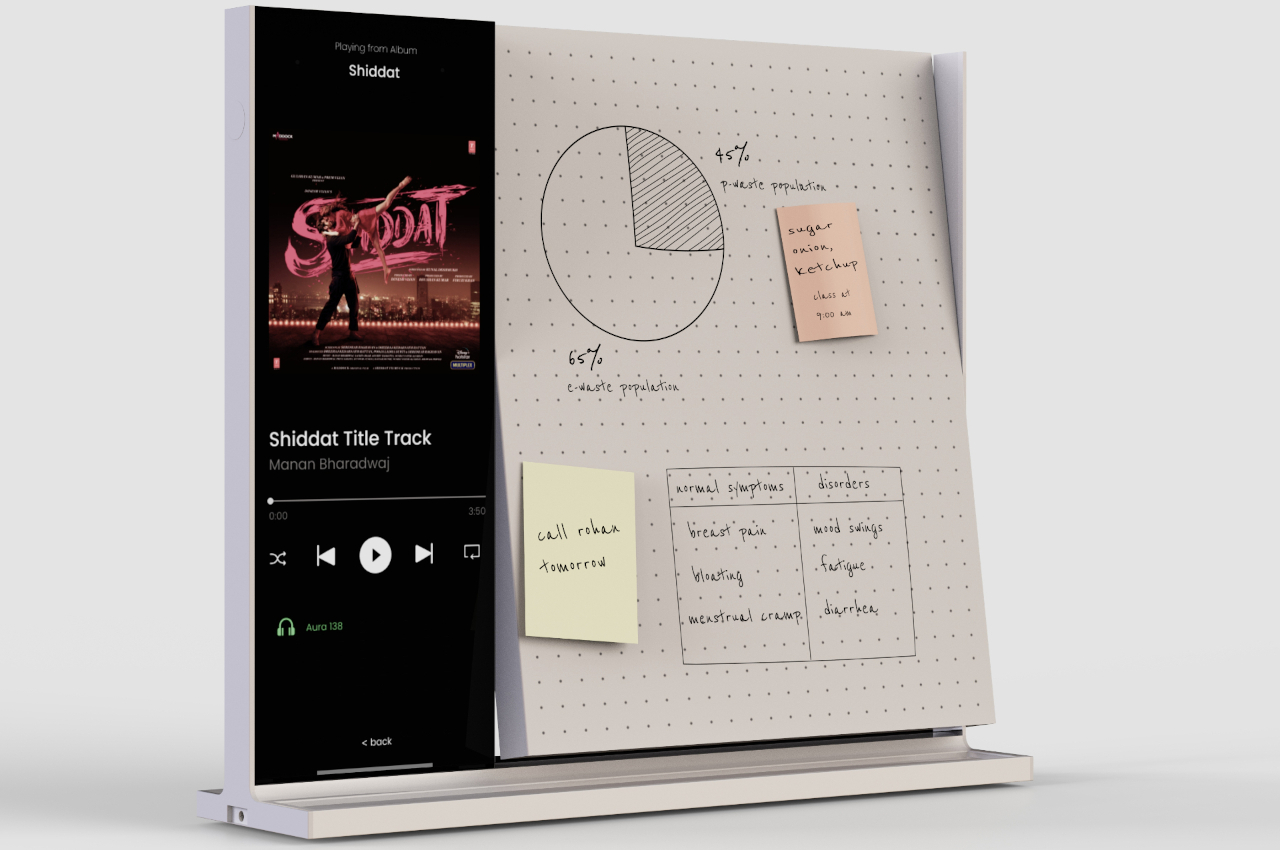
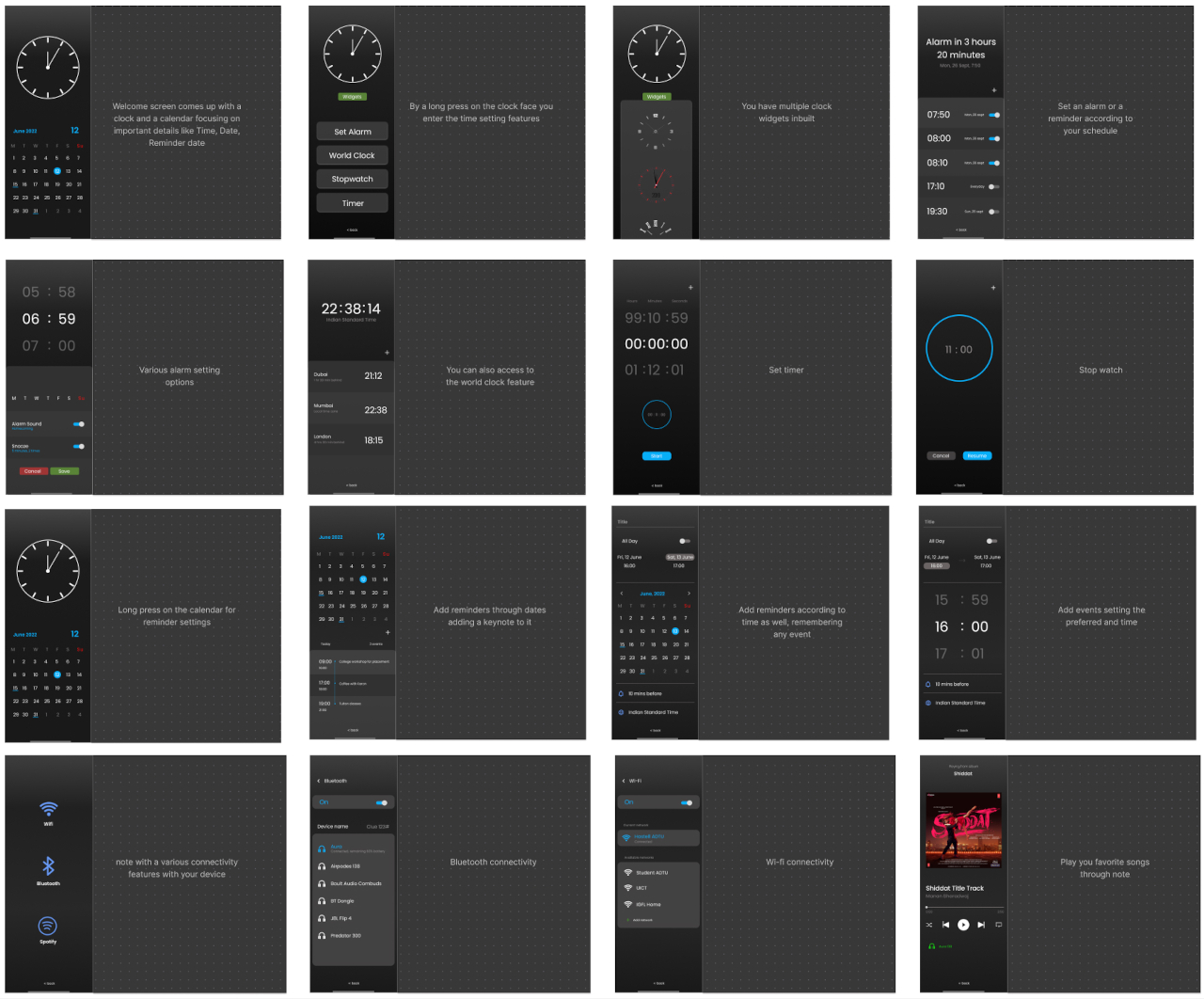
Note is admittedly not a revolutionary new device, but it does creatively combine multiple ideas into a coherent whole. It isn’t a solution that will fit all needs, but because it is focused on a particular use case, it can optimize for that instead of spreading itself thin and overwhelming people with features. It’s simple and gets the job done without getting in the way of you getting your job done as well.
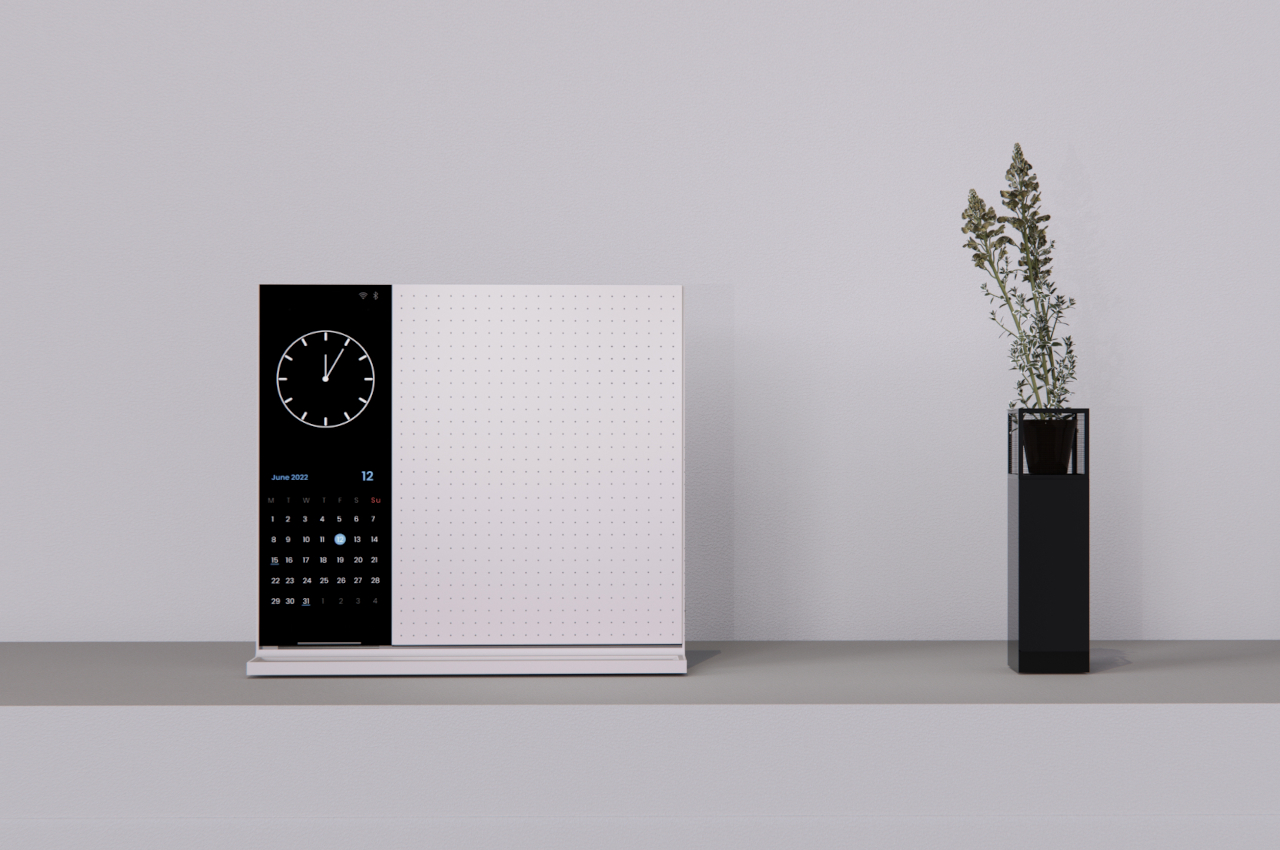
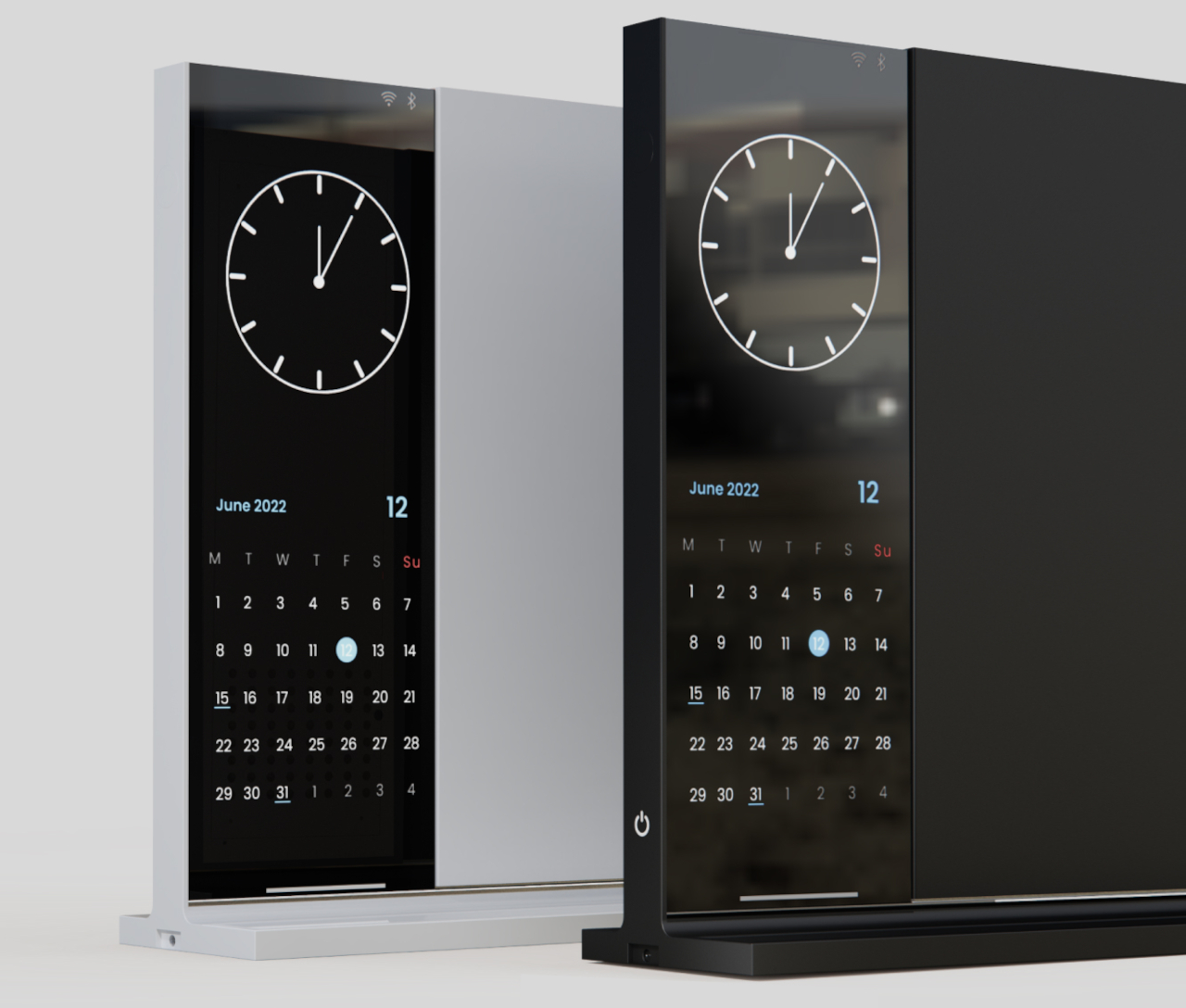
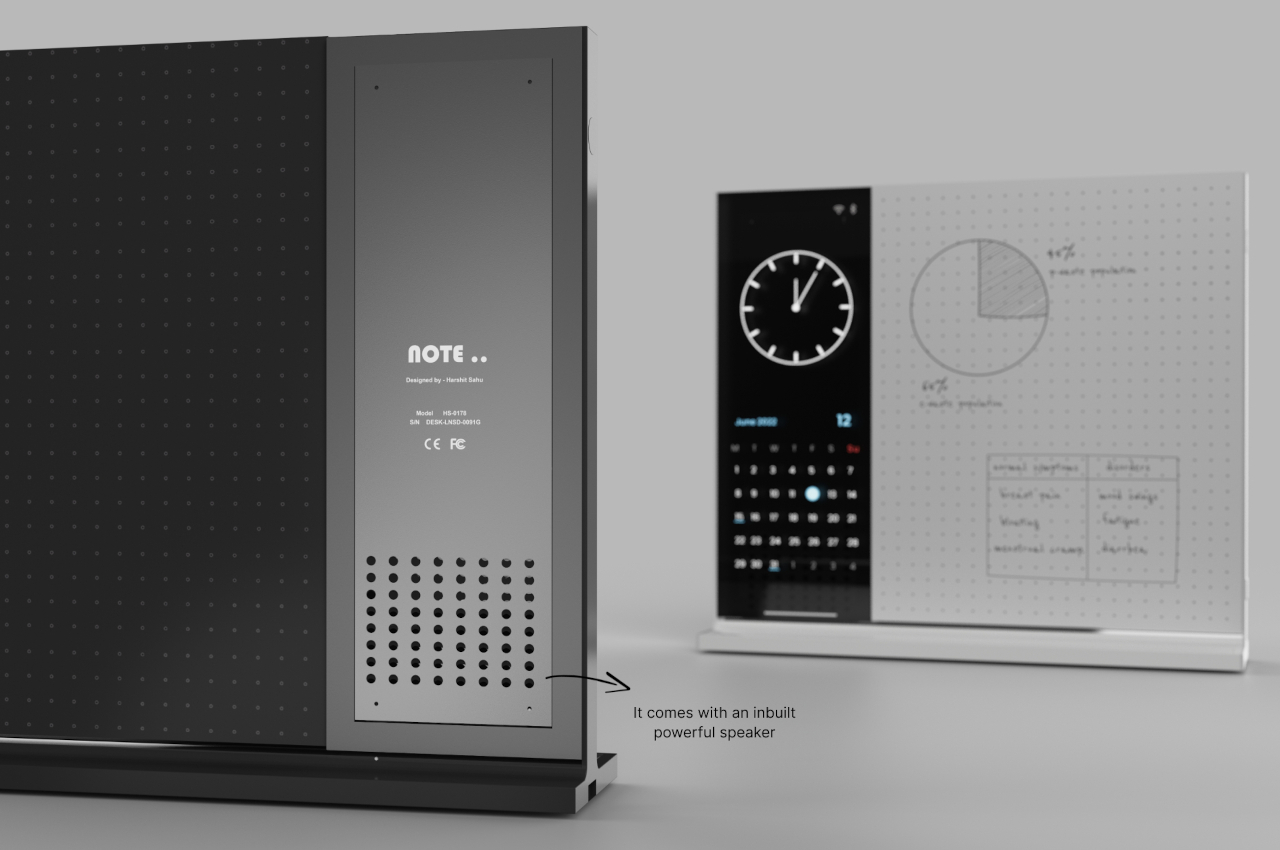
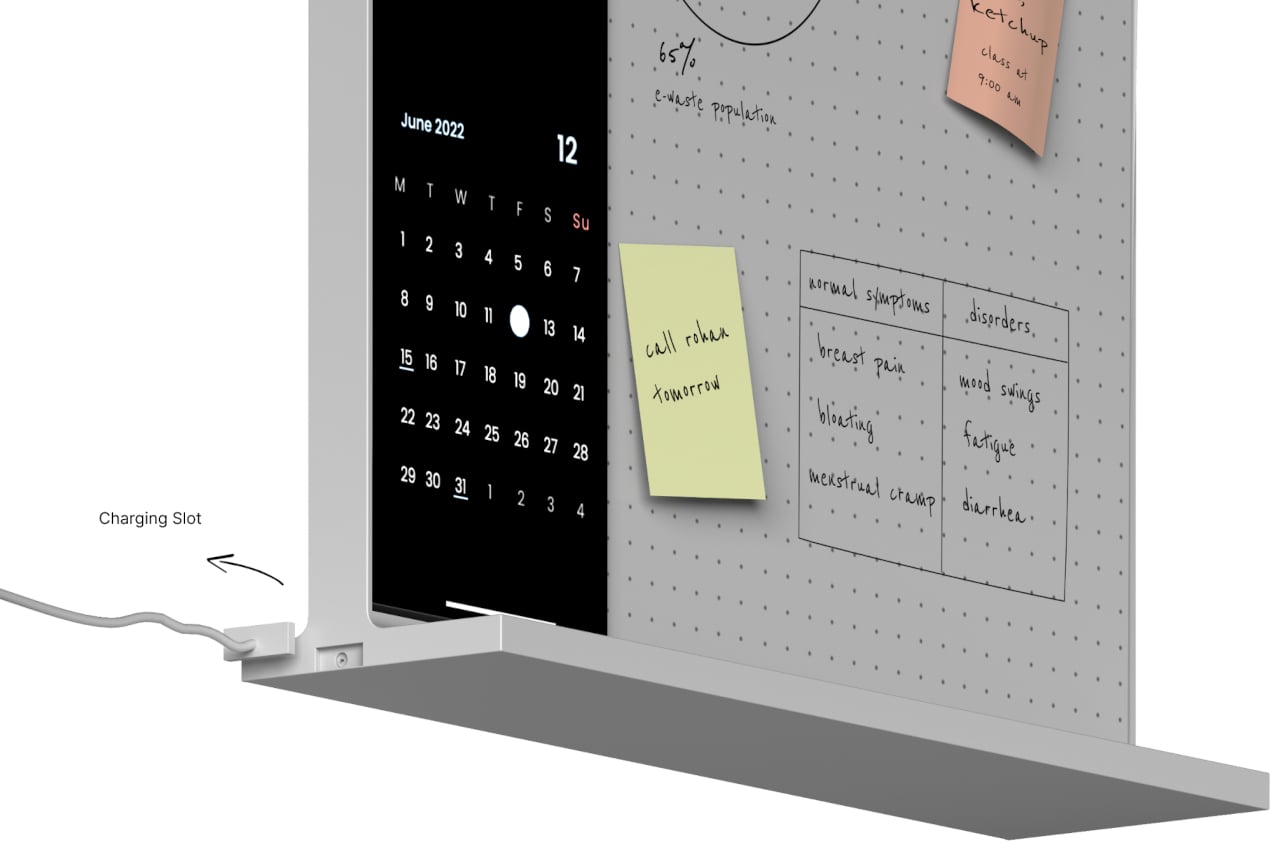
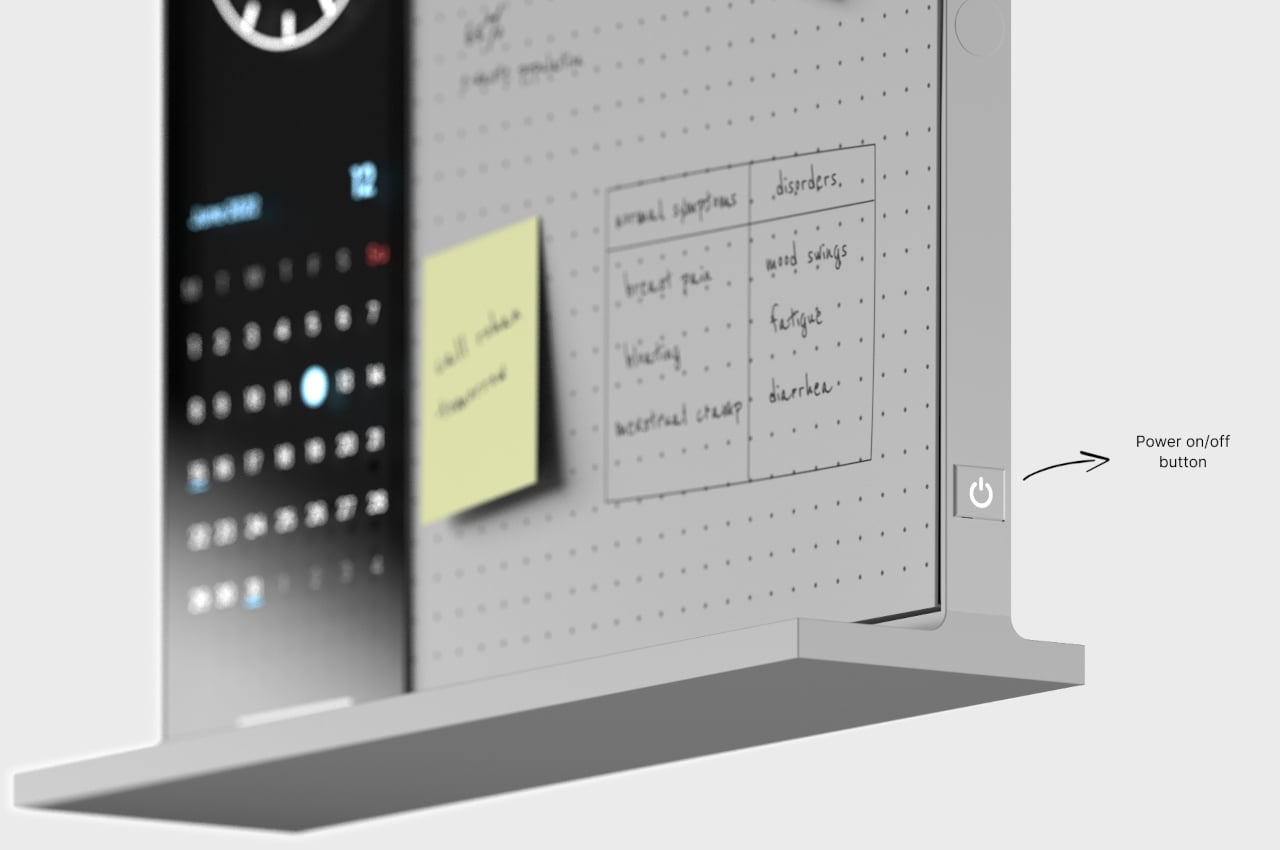
The post Note-taking desk accessory puts a small twist to your productivity first appeared on Yanko Design.



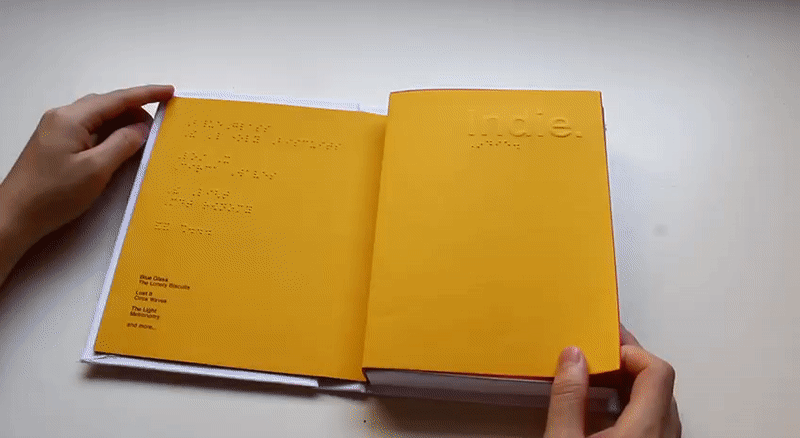

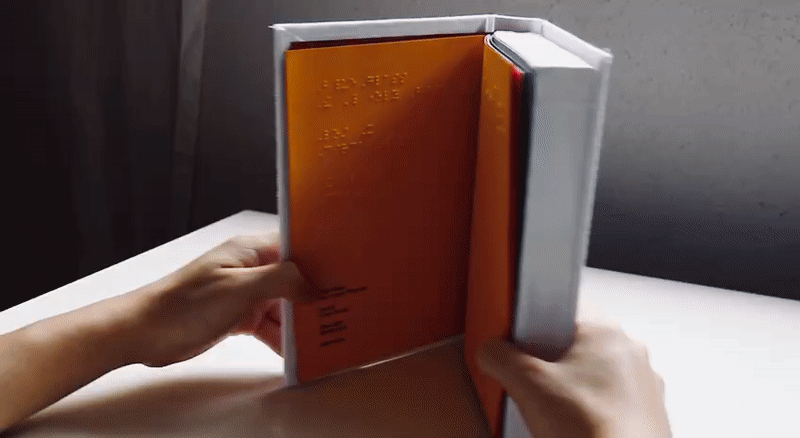




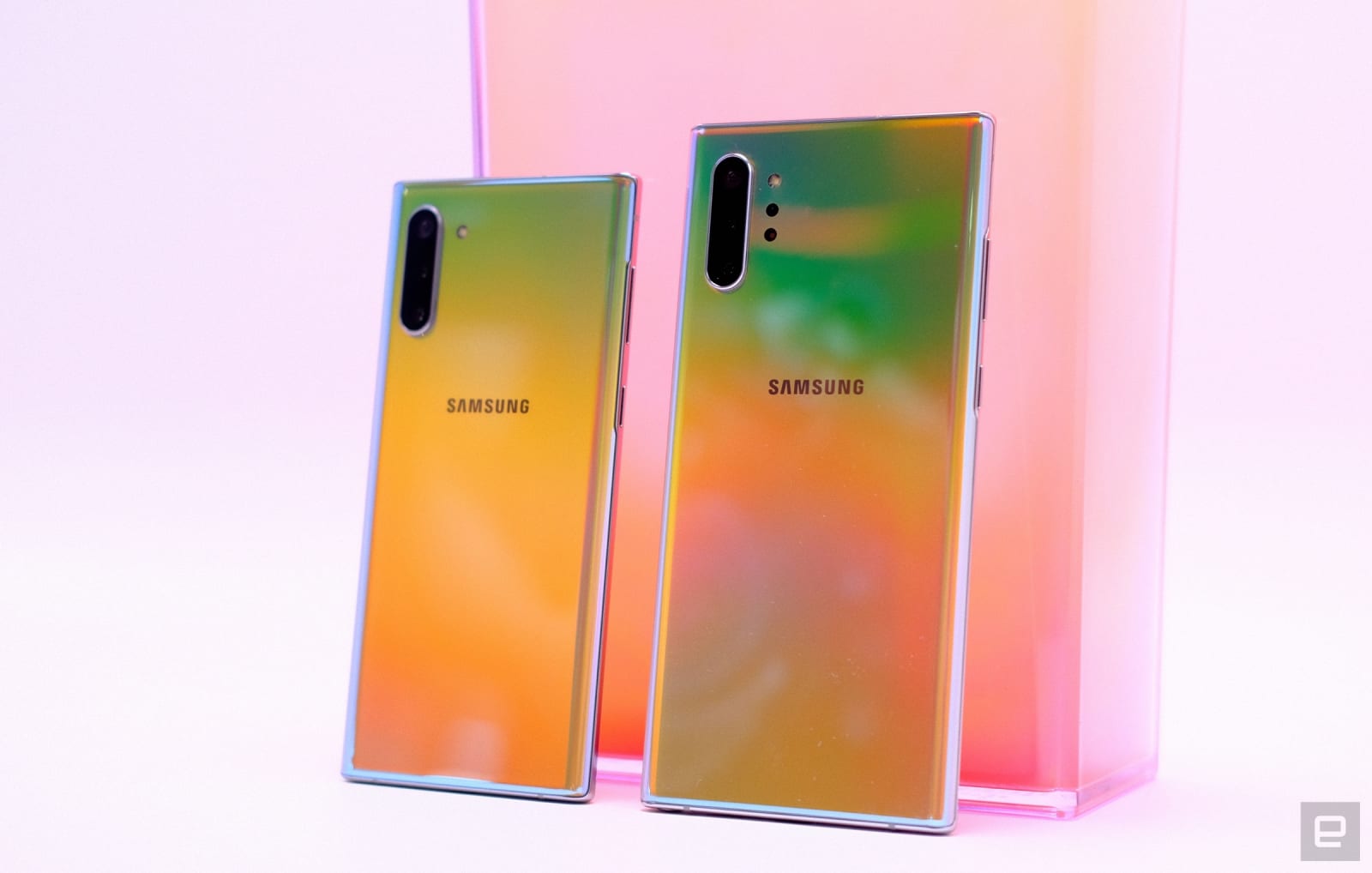 Watching the Galaxy Note 10 keynote, it became clear that the whole Note series has run out of runway. When it first launched, it was a wacky experiment to see if there was a market for an over-sized phone. But times have changed, and what was once t...
Watching the Galaxy Note 10 keynote, it became clear that the whole Note series has run out of runway. When it first launched, it was a wacky experiment to see if there was a market for an over-sized phone. But times have changed, and what was once t...



